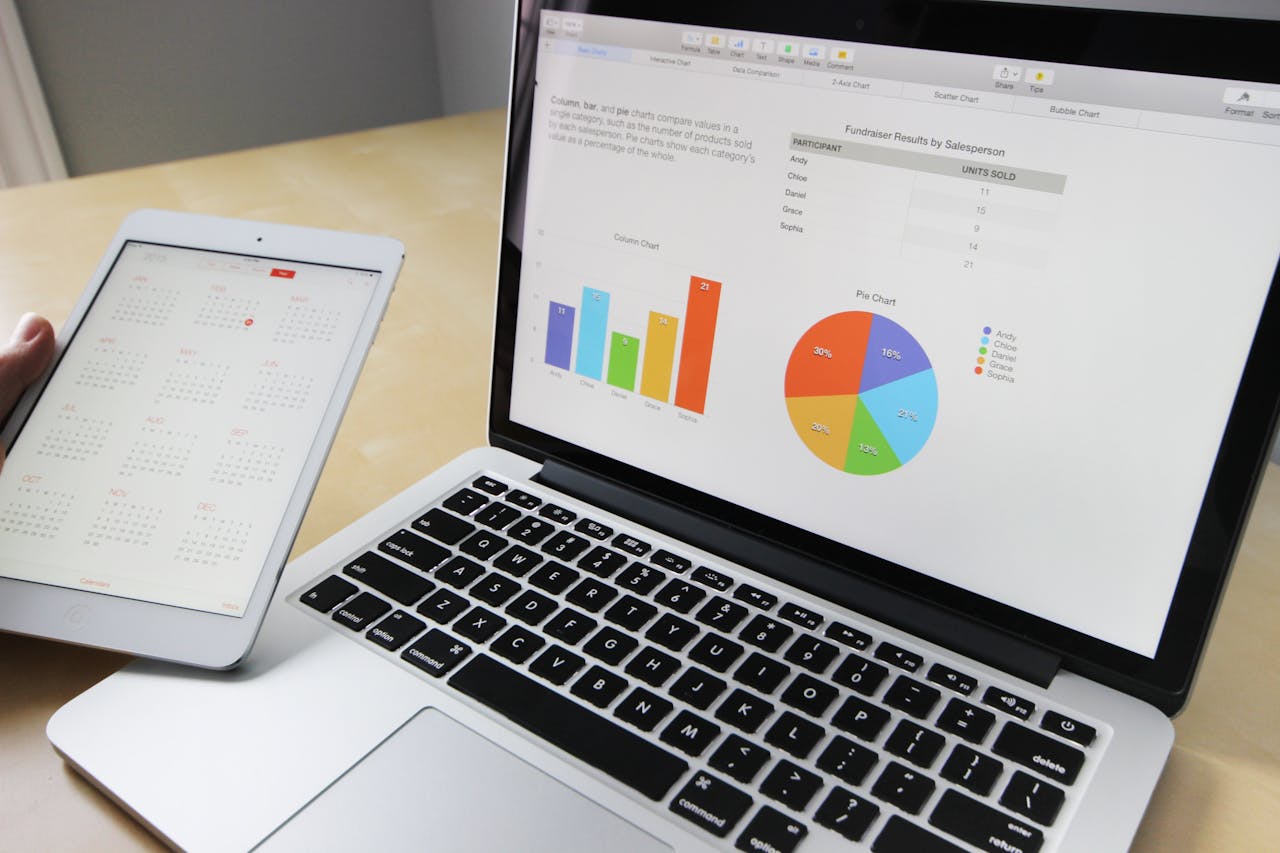Real-time analytics and streaming data have become prominent trends in the world of data analytics and business intelligence. As businesses strive to stay competitive and make data-driven decisions, the importance of processing and analyzing data in real-time has gained significant attention.
Real-time data refers to data that is processed within specified time constraints, while streaming data refers to the continuous flow of data generated by various sources. Although the terms ‘real-time’ and ‘streaming’ are sometimes used interchangeably, they have distinct definitions.
Setting up and managing stream processing stacks can be complex and challenging. Implementing real-time data systems require careful consideration of the cost-benefit analysis, as well as understanding the differences between real-time systems and streaming data.
Key Takeaways:
- Real-time analytics and streaming data are major trends in data analytics and business intelligence.
- Real-time data refers to processing data within specified time constraints, while streaming data is the continuous flow of data from various sources.
- Setting up and managing stream processing stacks can be complex and challenging.
- Understanding the differences between real-time systems and streaming data is crucial for informed decision-making.
- Implementing real-time data systems require careful cost-benefit analysis.
Stream Processing: Handling and Analyzing Streaming Data
Stream processing plays a crucial role in handling and analyzing streaming data. It functions as the engine that processes and directs the continuous flow of data in real-time. Stream processing is essential for making sense of streaming data, extracting valuable information, and redirecting data to other applications or services.
When it comes to stream processing, speed is of the essence. The data needs to be broken down and analyzed as fast as it arrives to ensure real-time analytics. This allows businesses to derive insights and make data-driven decisions in a timely manner, keeping pace with today’s fast-paced and dynamic markets.
However, stream processing also comes with its fair share of challenges. Accuracy, scalability, and efficiency are key considerations when implementing stream processing systems. The accuracy of the processed data is crucial to ensure reliable insights. Scalability is essential to handle the increasing volume and velocity of streaming data. And efficiency is necessary to achieve optimal performance and resource utilization.
Fault tolerance is another critical aspect of stream processing. It ensures that system failures or disruptions do not lead to data loss or interruptions in real-time processing. A robust fault-tolerant architecture is imperative to maintain the integrity of the streaming data pipeline.
Overall, stream processing is a critical component for harnessing the power of real-time analytics and making timely data-driven decisions. By effectively handling and analyzing streaming data, businesses can gain valuable insights, optimize processes, and stay ahead in today’s data-driven world.

Real-time Analytics: Extracting Insights from Streaming Data
Real-time analytics is a powerful process that allows organizations to extract valuable insights from streaming data as it arrives. By analyzing data in real-time, businesses can make timely and informed decisions based on the most up-to-date information available. This ability is crucial in today’s fast-paced and data-driven world, where the speed and accuracy of decision-making can directly impact success.
One of the key benefits of real-time analytics is its ability to enhance customer experiences. By analyzing streaming data, businesses can gain a deeper understanding of customer behavior and preferences, allowing for personalized and targeted interactions. This not only improves customer satisfaction but also increases the likelihood of conversions and repeat business.
Real-time analytics is also instrumental in optimizing operations and preventing failures. By continuously monitoring and analyzing streaming data, businesses can identify patterns, anomalies, and potential issues in real-time. This enables proactive measures to be taken, such as predictive maintenance, to minimize downtime, reduce costs, and improve overall efficiency.
Furthermore, real-time analytics facilitates the monitoring and updating of critical business metrics in real-time. By analyzing streaming data as it is produced, businesses can gain immediate insights into key performance indicators and respond swiftly to changing market demands. This agility gives businesses a competitive edge in dynamic markets, enabling them to seize opportunities and stay ahead of the competition.
FAQ
What is real-time data and streaming data?
Real-time data refers to data that is processed within specified time constraints, while streaming data refers to the continuous flow of data generated by various sources. The terms ‘real-time’ and ‘streaming’ are often used interchangeably, but they have distinct definitions.
Why is stream processing important in handling streaming data?
Stream processing plays a crucial role in handling and analyzing streaming data. It functions as the engine that processes and directs the continuous flow of data in real-time. Stream processing is essential for making sense of streaming data, extracting valuable information, and redirecting data to other applications or services.
What are the challenges associated with stream processing?
Accuracy, scalability, and efficiency are key considerations when implementing stream processing systems. Fault tolerance is crucial to ensure that system failures don’t lead to data loss or disruptions in real-time processing.
What is real-time analytics and how does it benefit businesses?
Real-time analytics is the process of extracting valuable insights from streaming data as it arrives. It enables organizations to make timely and informed decisions based on up-to-date information. Real-time analytics can enhance customer experiences, optimize operations, prevent failures, and update critical business metrics in real-time.
What are some use cases for real-time analytics?
Real-time analytics can be applied to various use cases, such as analyzing user behavior, analyzing logs, delivering real-time updates, and capturing and responding to events in real-time. By leveraging real-time analytics, businesses can capitalize on opportunities, improve decision-making processes, and stay ahead in today’s fast-paced and data-driven world.
Source Links
- https://redpanda.com/blog/streaming-data-vs-stream-processing-vs-real-time-analytics
- https://aws.amazon.com/what-is/real-time-data-streaming/
- https://medium.com/validio/streaming-data-vs-real-time-data-whats-the-difference-c5fcbe831079
- Regulatory and Compliance: Pioneering the Future of Saudi Arabia’s Dedicated Cargo Airline - December 21, 2024
- Financial Strategies: Fueling the Growth of Saudi Arabia’s Dedicated Cargo Airline - December 20, 2024
- Operational Excellence: Ensuring Competitive Edge for Saudi Arabia’s Dedicated Cargo Airline - December 19, 2024






